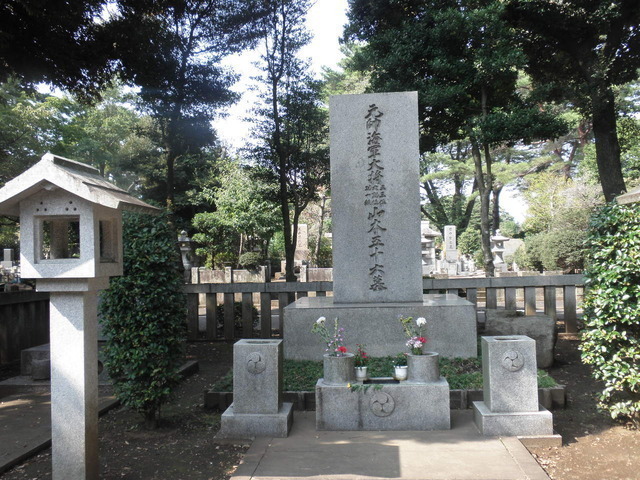Shokaku-class Aircraft Carrier
These two were brand spanking new at Pearl Harbor, and participated in almost every major carrier battle during the war. These are my favorite Japanese carriers; big, fast, durable, and handsome. The 2 ships in this class were the IJS Shokaku and the IJS Zuikaku.
IJS Shokaku:

IJS Zuikaku


The chief shipbuilders of carrier Shokaku posing with the hull of the ship two days prior to launching, Yokosuka, Japan, 30 May 1939

Japanese carriers Zuikaku (foreground) and Kaga (background) underway toward Hitokappu Bay, Iturup, Kurile Islands, Nov 1941; note Zuikaku's anti-aircraft armament.

Carrier Shokaku at Yokosuka, Japan, 23 Aug 1941.
Displacement: 30,000 tonnes
Speed: 35 knots
Armament: 84 aircraft, AA rockets, depth charges
Crew: 1660
These two were brand spanking new at Pearl Harbor, and participated in almost every major carrier battle during the war. These are my favorite Japanese carriers; big, fast, durable, and handsome. The 2 ships in this class were the IJS Shokaku and the IJS Zuikaku.
IJS Shokaku:

IJS Zuikaku


The chief shipbuilders of carrier Shokaku posing with the hull of the ship two days prior to launching, Yokosuka, Japan, 30 May 1939

Japanese carriers Zuikaku (foreground) and Kaga (background) underway toward Hitokappu Bay, Iturup, Kurile Islands, Nov 1941; note Zuikaku's anti-aircraft armament.

Carrier Shokaku at Yokosuka, Japan, 23 Aug 1941.
Displacement: 30,000 tonnes
Speed: 35 knots
Armament: 84 aircraft, AA rockets, depth charges
Crew: 1660




















 Yamato
Yamato







